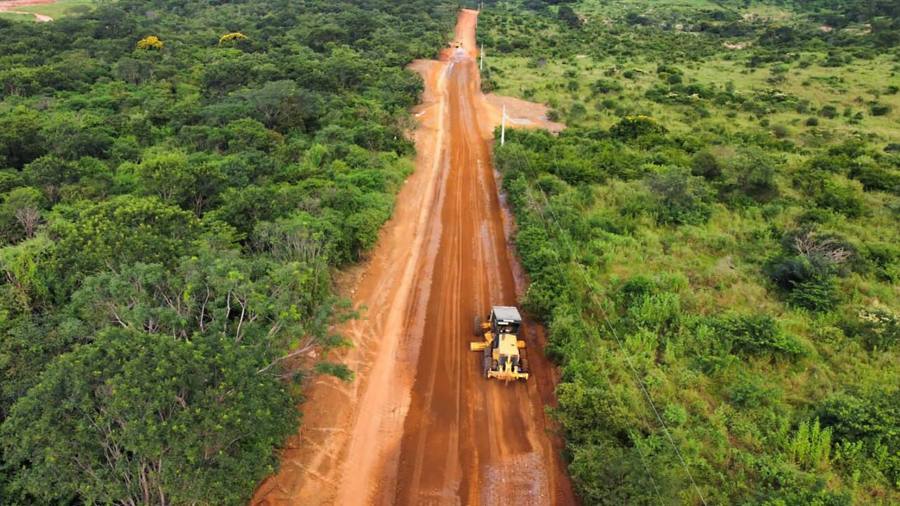
A Canadian company building a lithium mine in Brazil will begin commercial production of high-quality material for electric vehicle batteries next year, amid a supply shortage that has sent prices for the metal rocketing.
Sigma Lithium said it would start commissioning the Grota do Cirilo project in Minas Gerais state this month and aims to have product ready for shipping by the end of April.
At the same time, the Toronto-listed group revealed plans to almost triple its targeted annual output to about 100,000 tonnes of lithium carbonate equivalent (LCE) by 2024.
Sigma said this would place it among the top four global producers, alongside US-based Albemarle, SQM of Chile and Chinese group Ganfeng Lithium.
“We see all the demand is there — significantly unmet demand — for battery-grade lithium in the next three years,” co-chief executive Ana Cabral-Gardner told the Financial Times.
Lithium prices have risen tenfold to $75,000 a tonne since the start of 2021. A tight market has sparked a rush by carmakers to secure supplies of a commodity that, along with cobalt and nickel, is vital for electric vehicle production.
“With the advent of electromobility and all this excitement about lithium, the world needs new sources,” said Daniel Jimenez, founding partner of consultancy iLiMarkets. “Whoever is producing lithium in the coming three years is going to make abnormally high margins.”
Investor enthusiasm has propelled a 275 per cent rise in Sigma’s stock this year, giving the company a market valuation of C$4.7bn ($3.5bn). Its Brazilian development is among the first of a next generation around the world, many from junior mining companies.
“Sigma is uniquely positioned as one of really only three new greenfield lithium projects that are coming online in 2023, and into a record high pricing environment,” said Katie Lachapelle, an analyst at Canaccord Genuity.
Most lithium is extracted from hard rock mines in Australia and turned into a concentrate that is then generally refined in China. In Chile and Argentina, the metal is separated from salty brines pumped from underground and evaporated in man-made ponds.
McKinsey has forecast global lithium production will increase from 540,000 tonnes LCE in 2021 to as much as 3.2mn tonnes annually by the end of the decade, depending on the pace of new project completion.
Sigma will have an initial capacity of 37,000 tonnes LCE at its hard rock mine, which it calls the largest in the Americas and has 13 years of life. The 1.44 per cent average concentration of lithium oxide in its spodumene ore is relatively high by industry standards, according to executives.
Along with an upgraded estimate of “proven and probable” mineral reserves from 34mn to 55mn tonnes across its sites, Sigma also unveiled a new $100mn debt facility.
Provided by UAE-based shareholder Synergy Capital, it will help fund the expansion of a plant processing ore into high-purity lithium concentrate.
Cabral-Gardner said the business should generate $970mn of free cash flow after tax in the first year of operations, rising to $3bn in the second.
While automotive manufacturers have struck deals to buy lithium directly from raw material suppliers, Sigma has an agreement with South Korean battery maker LG Energy Solution covering a portion of its output.
Private equity investor A10 Investimentos is the Canadian group’s controlling shareholder.